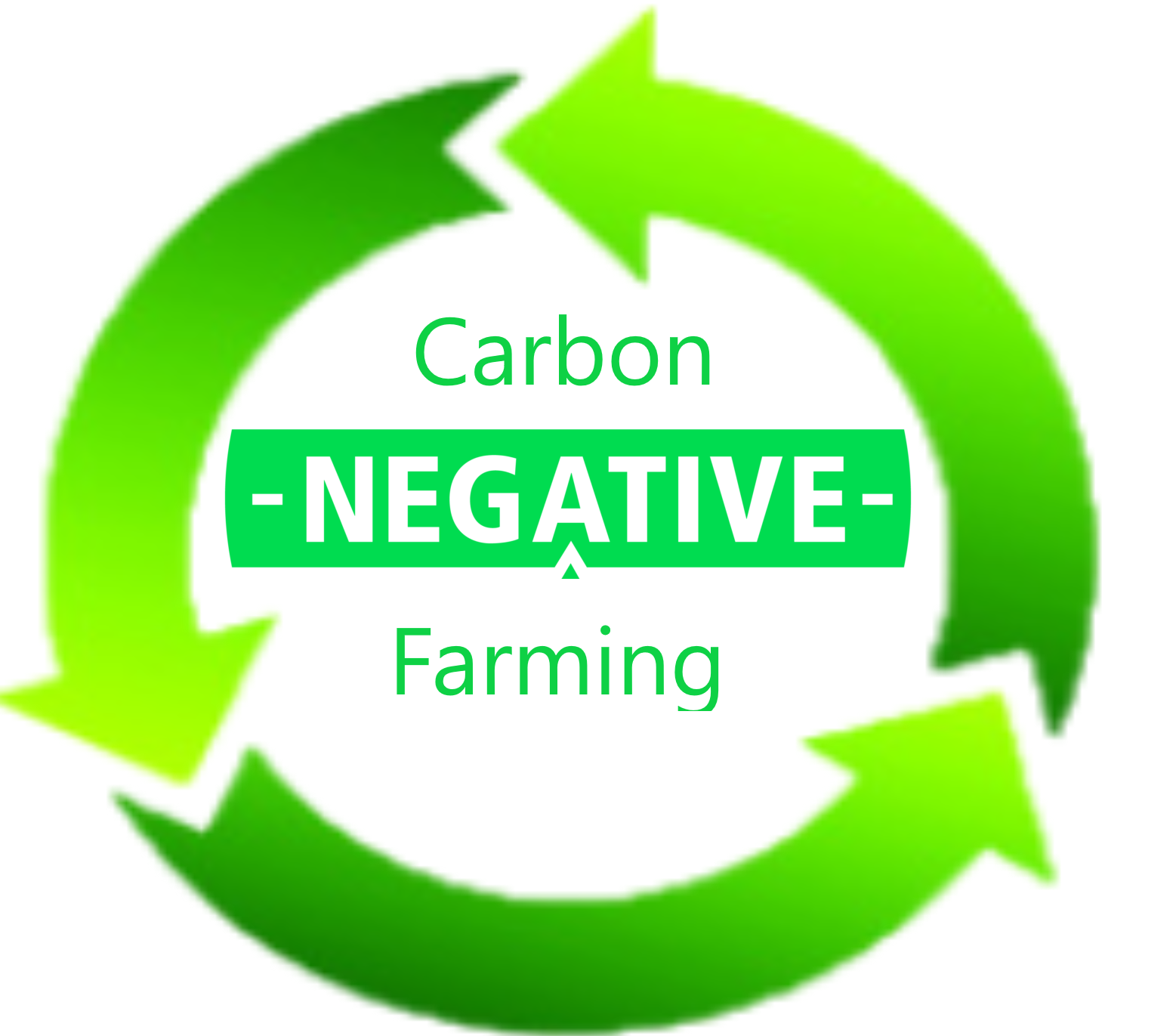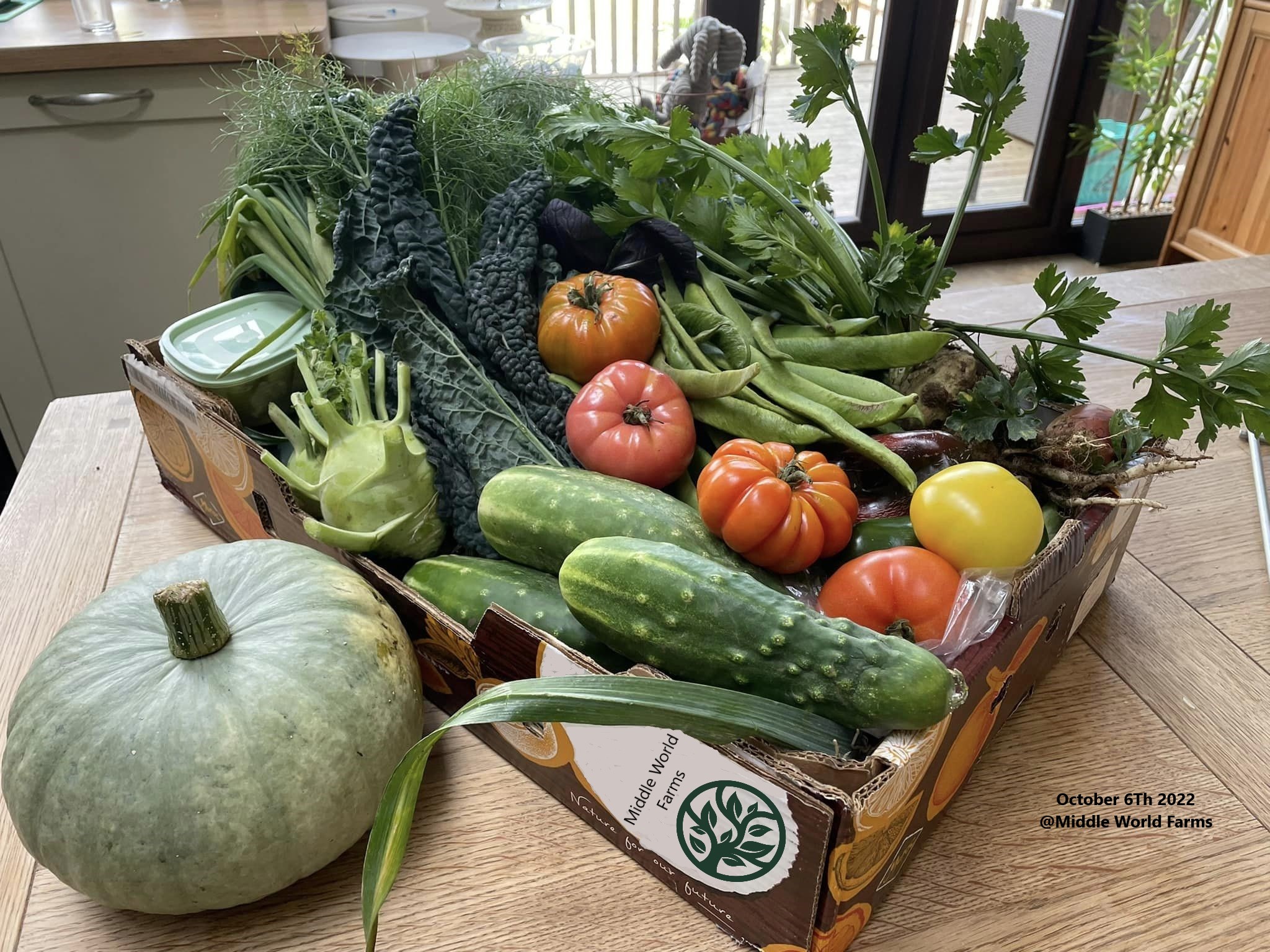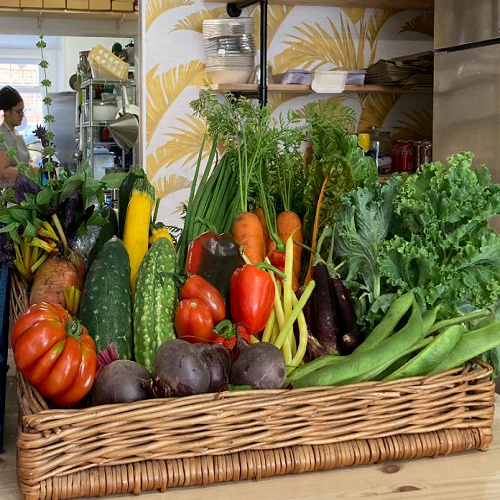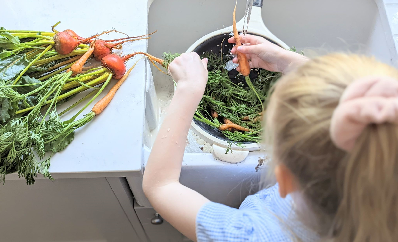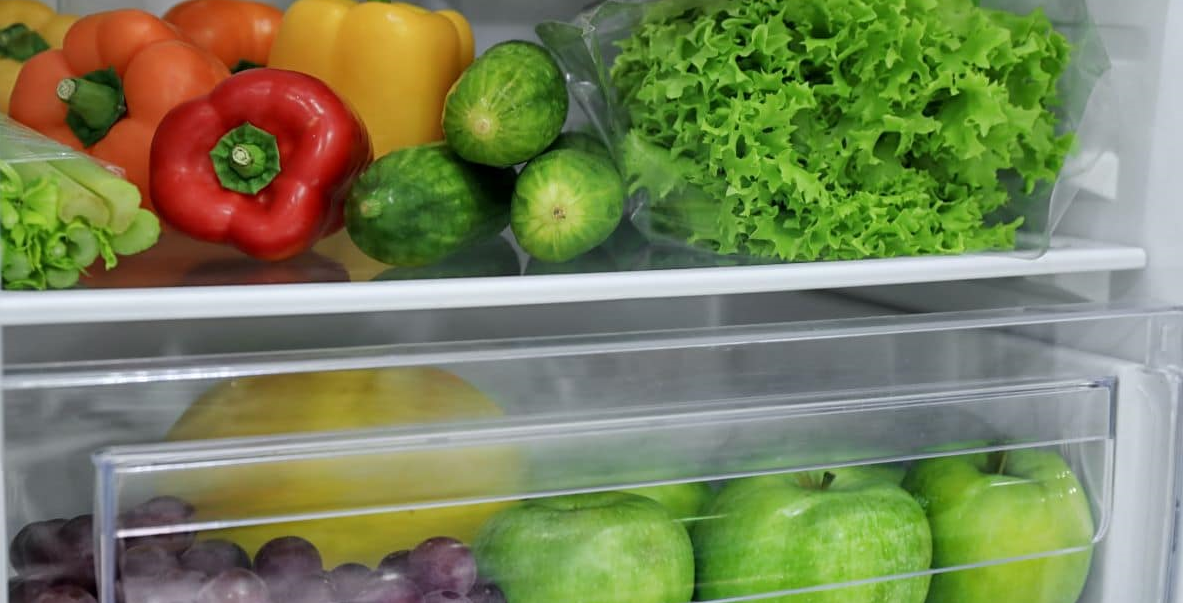Biochar technology shows promise in mitigating climate change and improving soil quality, as well as reducing waste and producing energy as a by product. But what exactly is biochar and what is it made of?
Biochar is a charcoal-like substance that’s made by burning organic material from agricultural and forestry wastes (also called biomass) in a controlled process called pyrolysis. Although it looks a lot like common charcoal, biochar is produced using a specific process to reduce contamination and safely store carbon. During pyrolysis organic materials, such as wood chips, leaf litter or dead plants, are burned in a container with very little oxygen. As the materials burn, they release little to no contaminating fumes. During the pyrolysis process, the organic material is converted into biochar, a stable form of carbon that can’t easily escape into the atmosphere. The energy or heat created during pyrolysis can be captured and used as a form of clean energy. Biochar is by far more efficient at converting carbon into a stable form and is cleaner than other forms of charcoal.

In terms of physical attributes, biochar is black, highly porous, lightweight, fine-grained and has a large surface area. Approximately 70 percent of its composition is carbon. The remaining percentage consists of nitrogen, hydrogen and oxygen among other elements. Biochar’s chemical composition varies depending on the feedstocks used to make it and methods used to heat it.
Bio-Char as a soil amendment
Chase O’Neil, Jessica Miesel, M. Charles Gould, Michigan State University Extension –


- To make the best possible biochar.
- To harvest all the available energy from the process to offset fossil fuels.
- To make the process safe and smoke free.
- To make the process profitable on a farm or community scale.”
Sequestering Carbon in the Soil Using Biochar
Soils store three times more carbon than exists in the atmosphere. Plants absorb atmospheric carbon during photosynthesis, so the return of plant residues into the soil contributing to soil carbon. While much of this carbon ultimately returns to the atmosphere as soil microbes decompose carbon based plant biomass and release carbon dioxide, soil carbon stores can increase if the rate of carbon inputs exceeds the rate of microbial decomposition. Carbon sequestration refers to this process of storing carbon in soil organic matter and thus removing carbon dioxide from the atmosphere.
Biochar remains a hot topic with regards to increasing soil carbon stores and helping fight climate change. However, many questions remain before definitive conclusions about what conditions allow for biochar to positively contribute to soil carbon sequestration.
With Bio-Char production Middle World farms plans to sequester far more carbon than we produce, realizing our goal of becoming better than carbon neutral, we will become carbon negative. Whilst at the same time producing millions of BTUs of energy. From which we can we can extend our seasons by bringing some of that heat to our greenhouses. We can even turn some of that heat into electric. Imaging a power station that locks carbon away as it produces power. Best of all this can be done without producing any smoke from our operation. All we will need is a steady flow of feed stock to turn into Char. This will come from agriculture waste, local tree surgeons, joinery workshops and even food waste can be charred. We will never cut a tree down; we will only use what would otherwise be wasted and ultimately return to the atmosphere as Co2.
We have an exceptionally long way to go with this massive project, but with your support one day we can make this happen.
